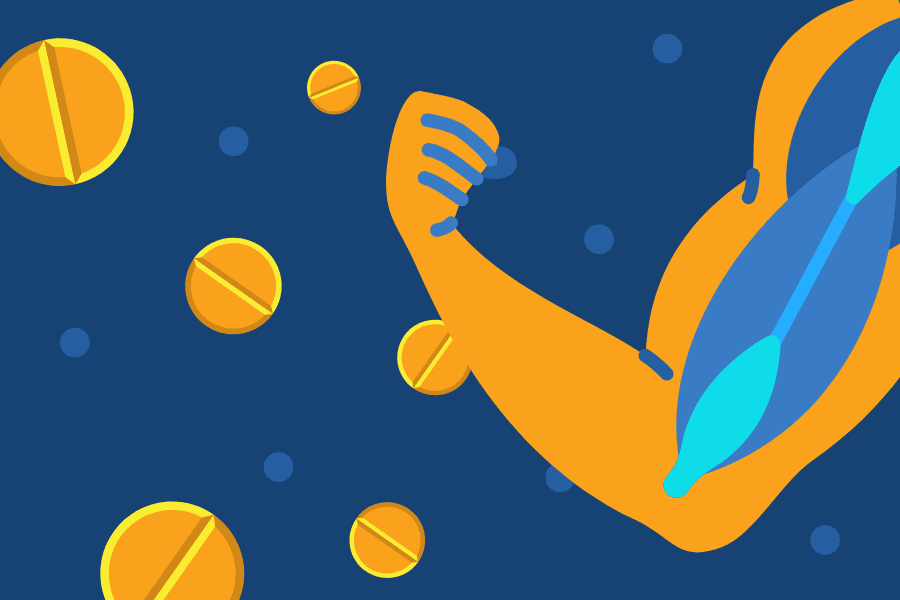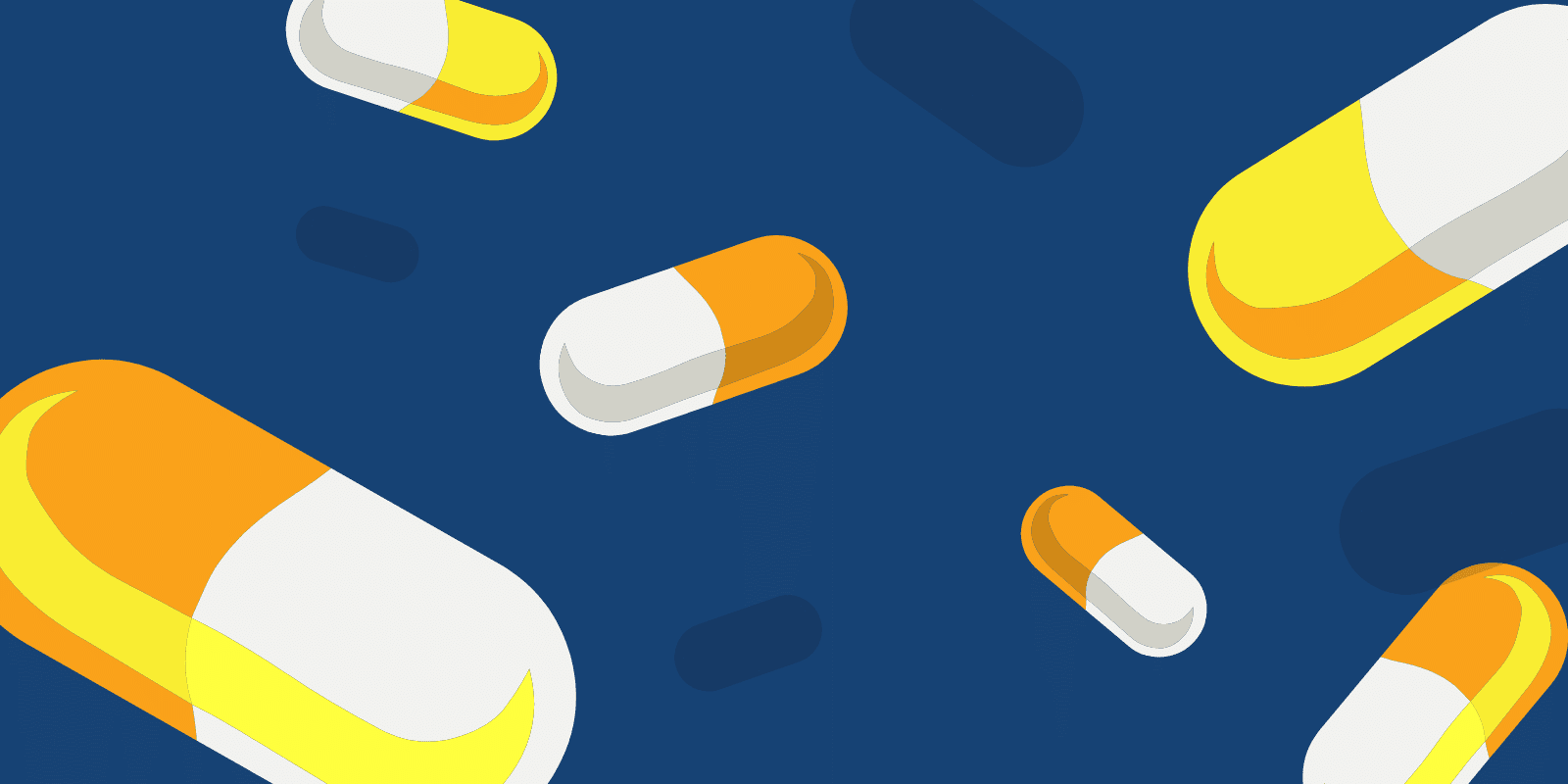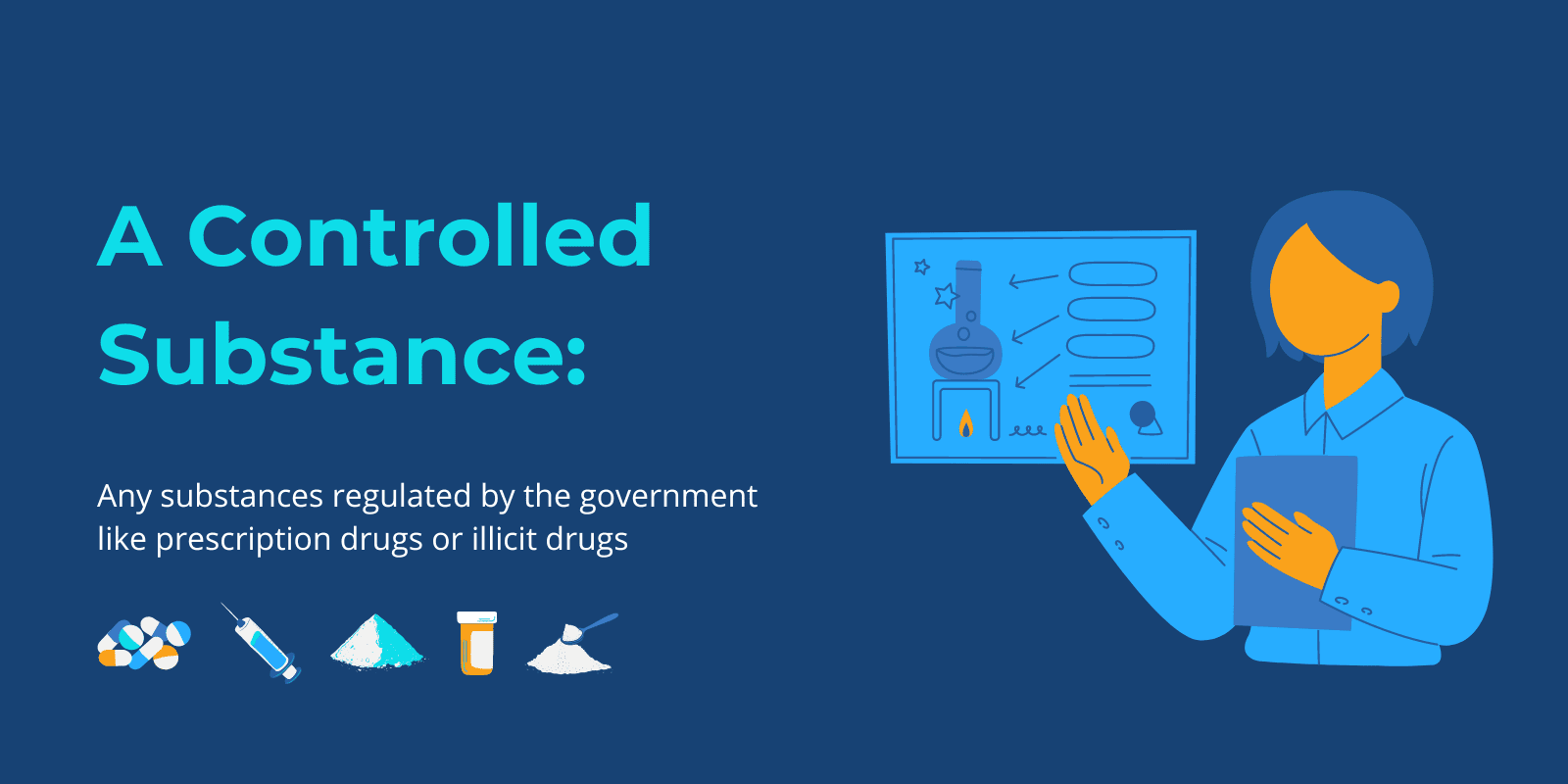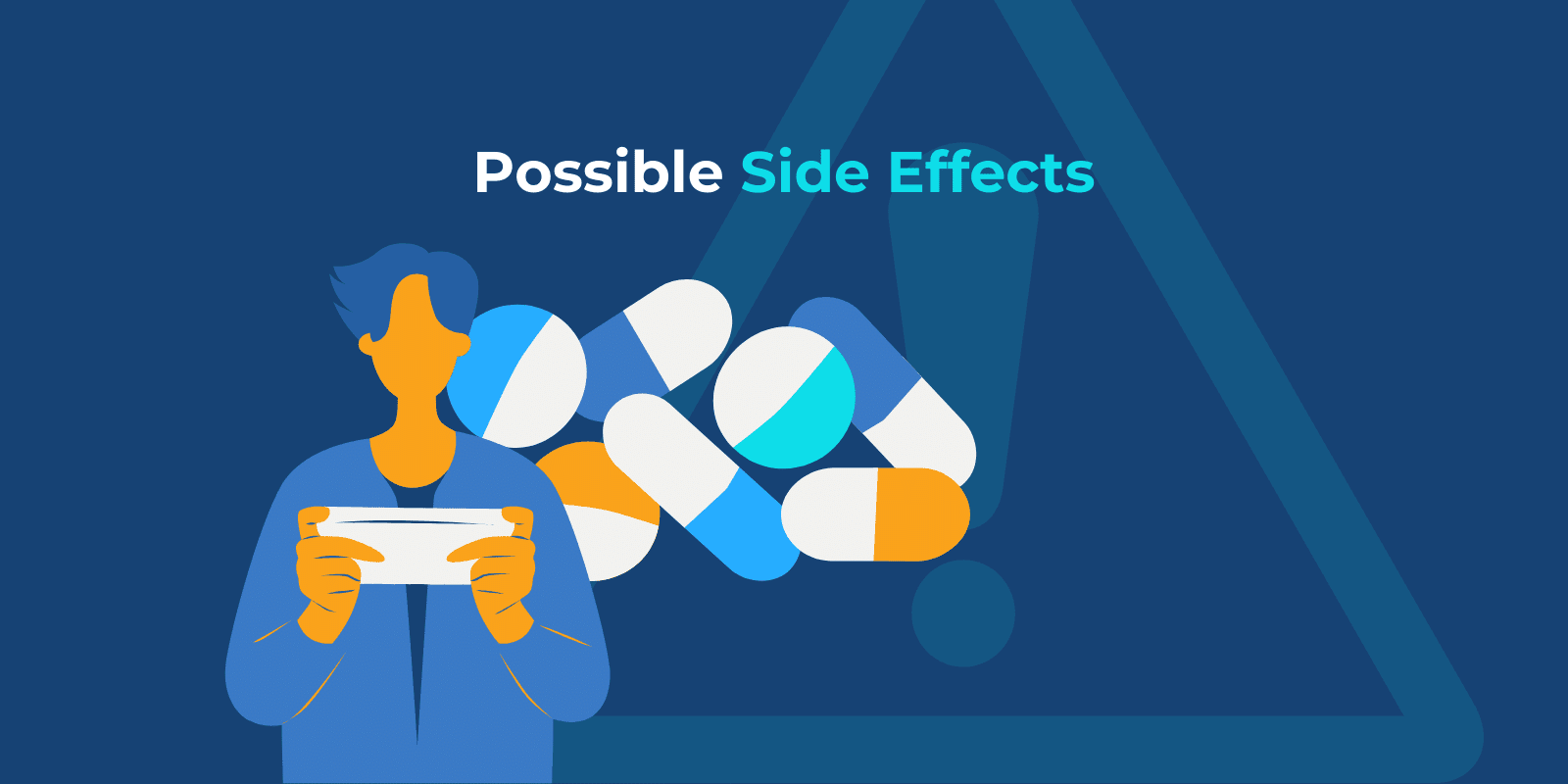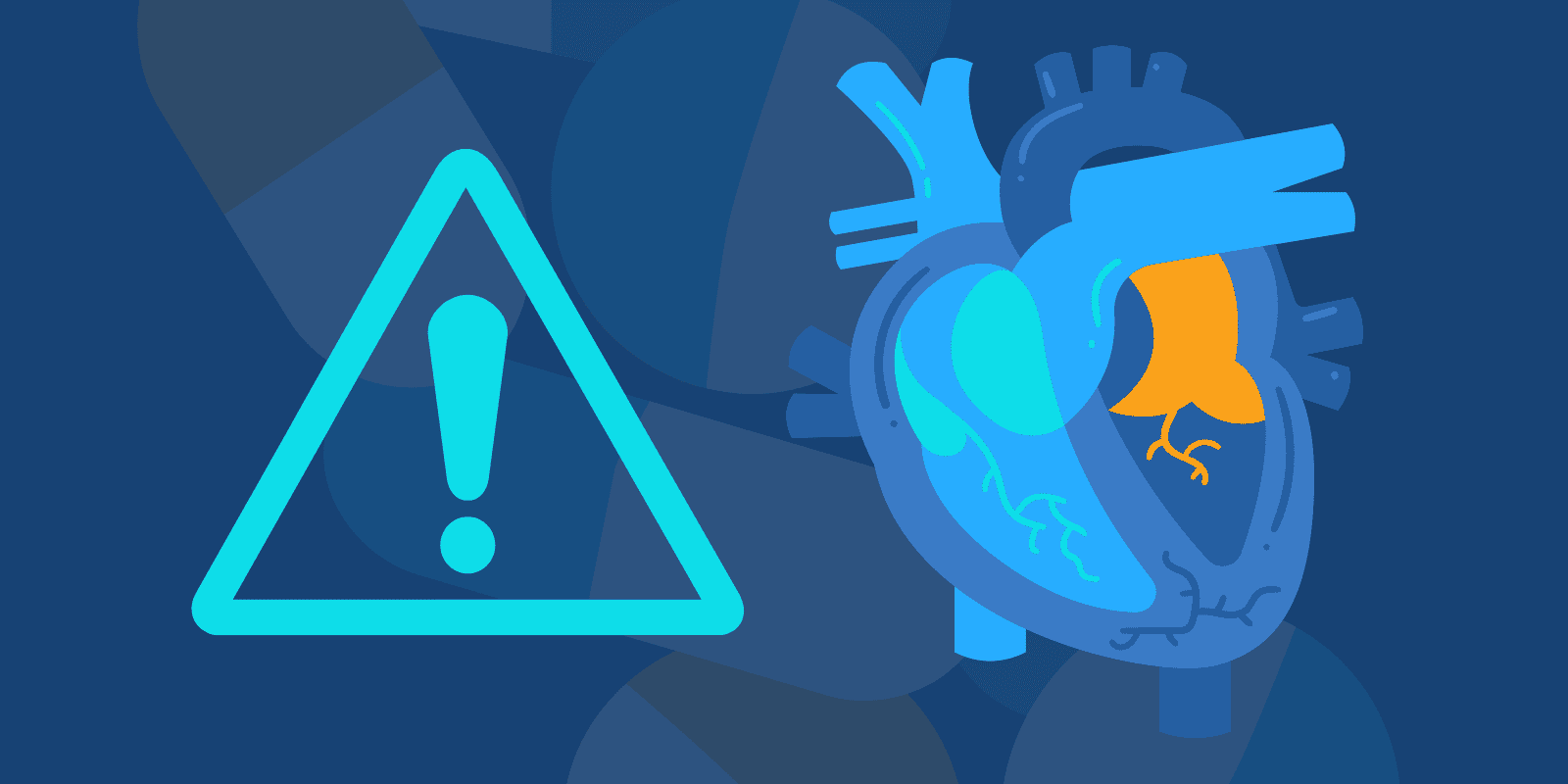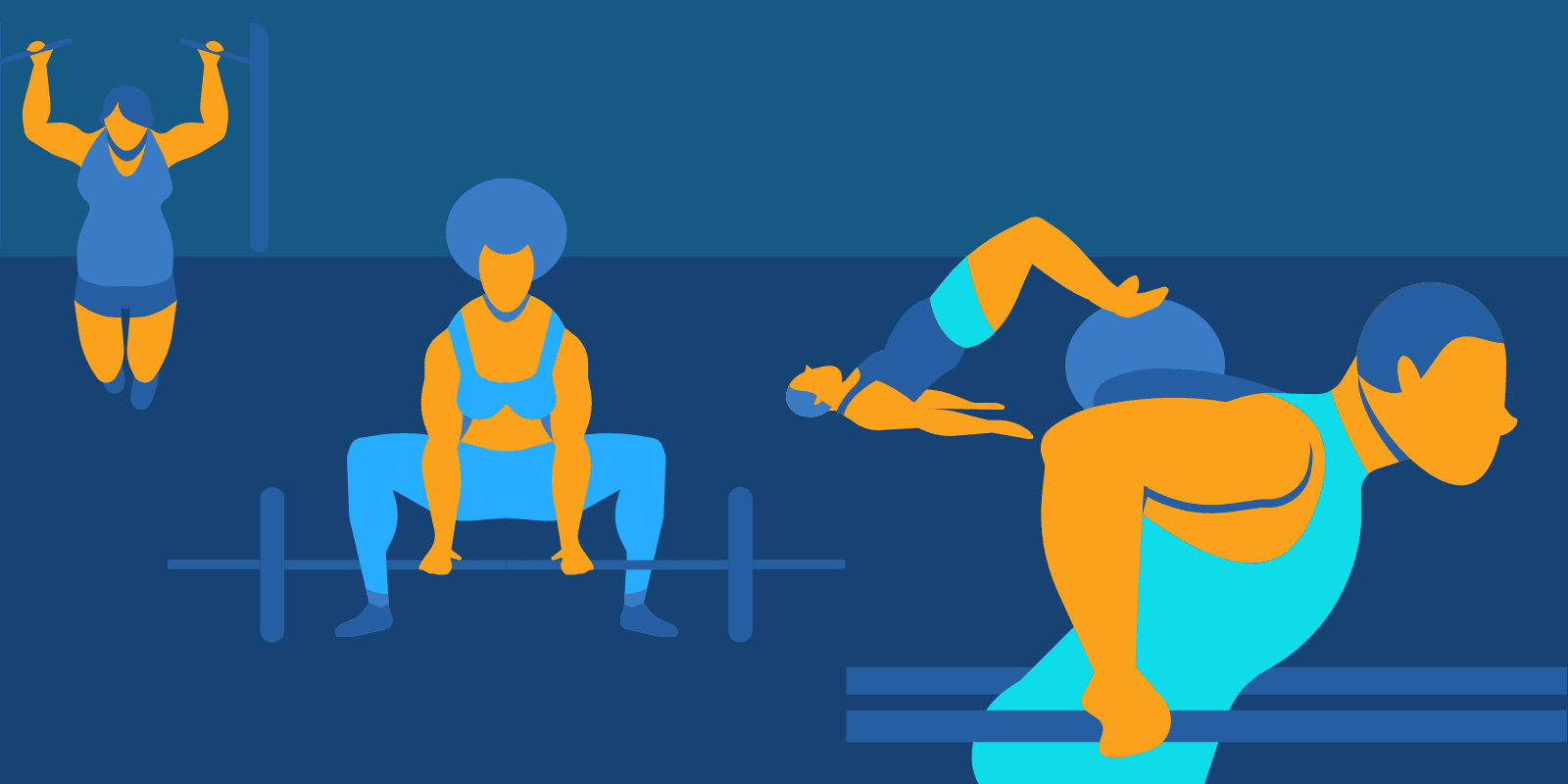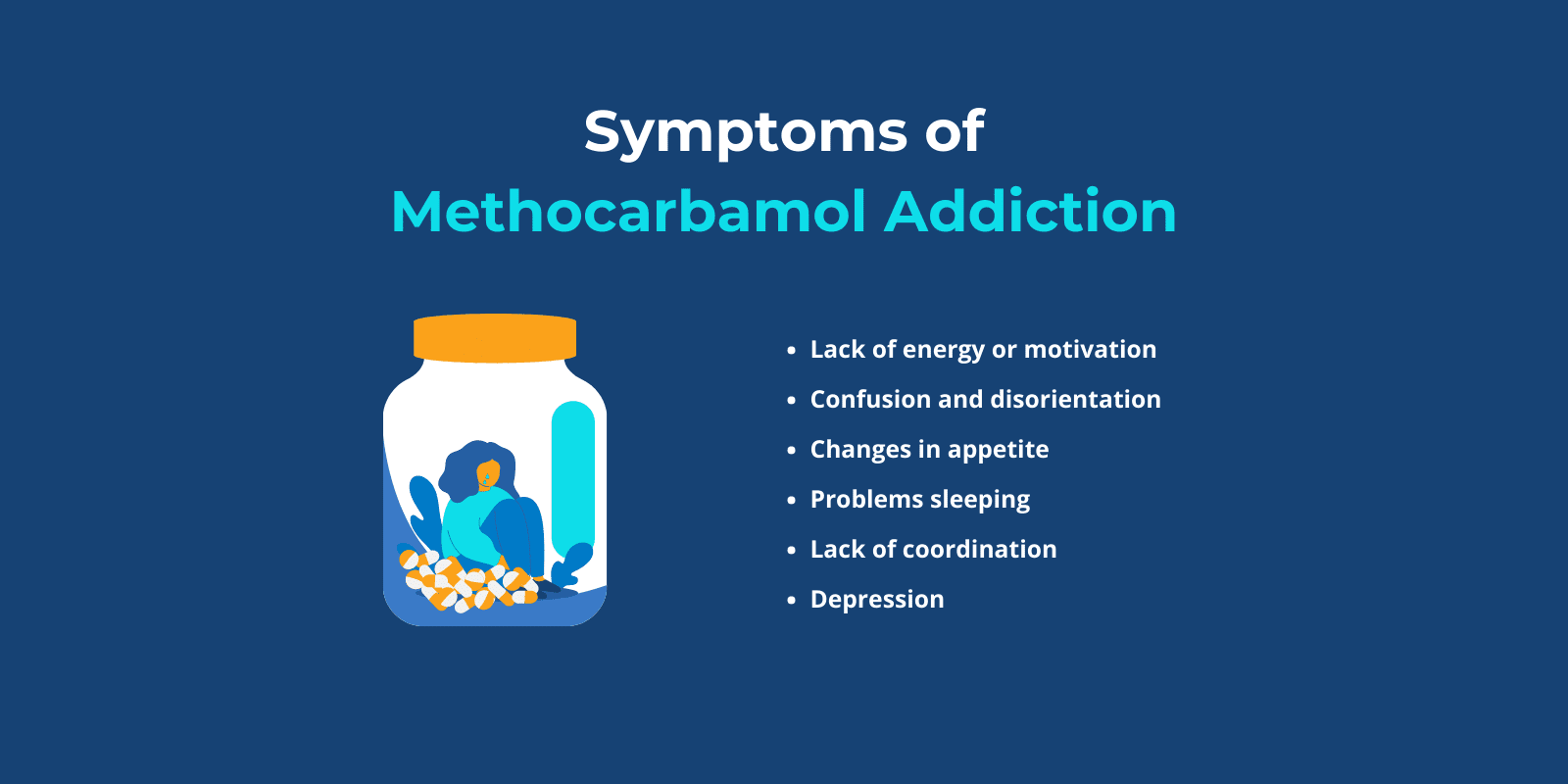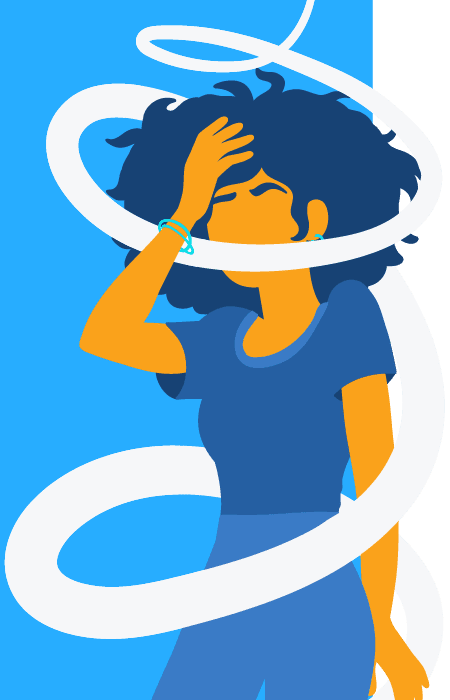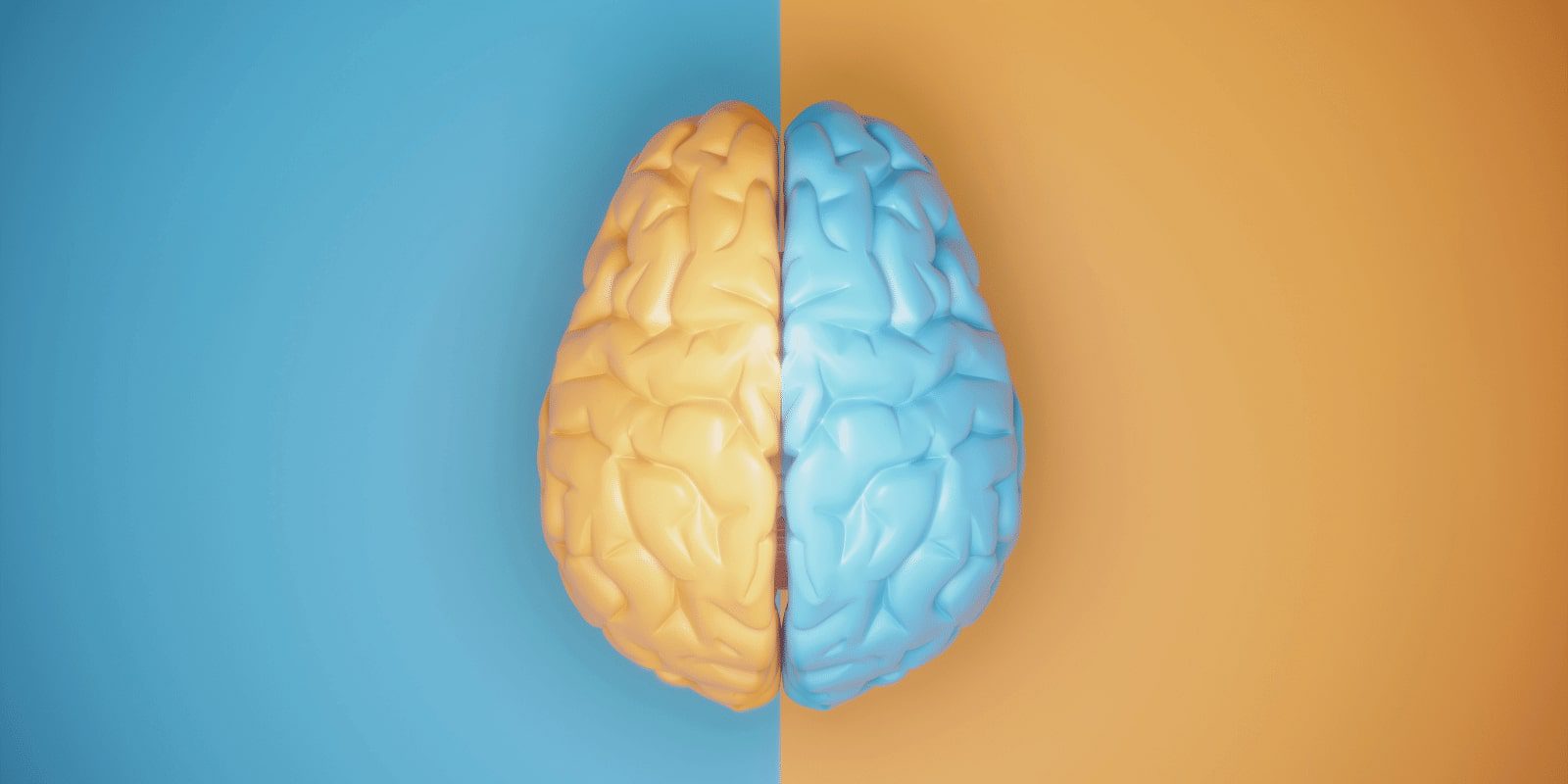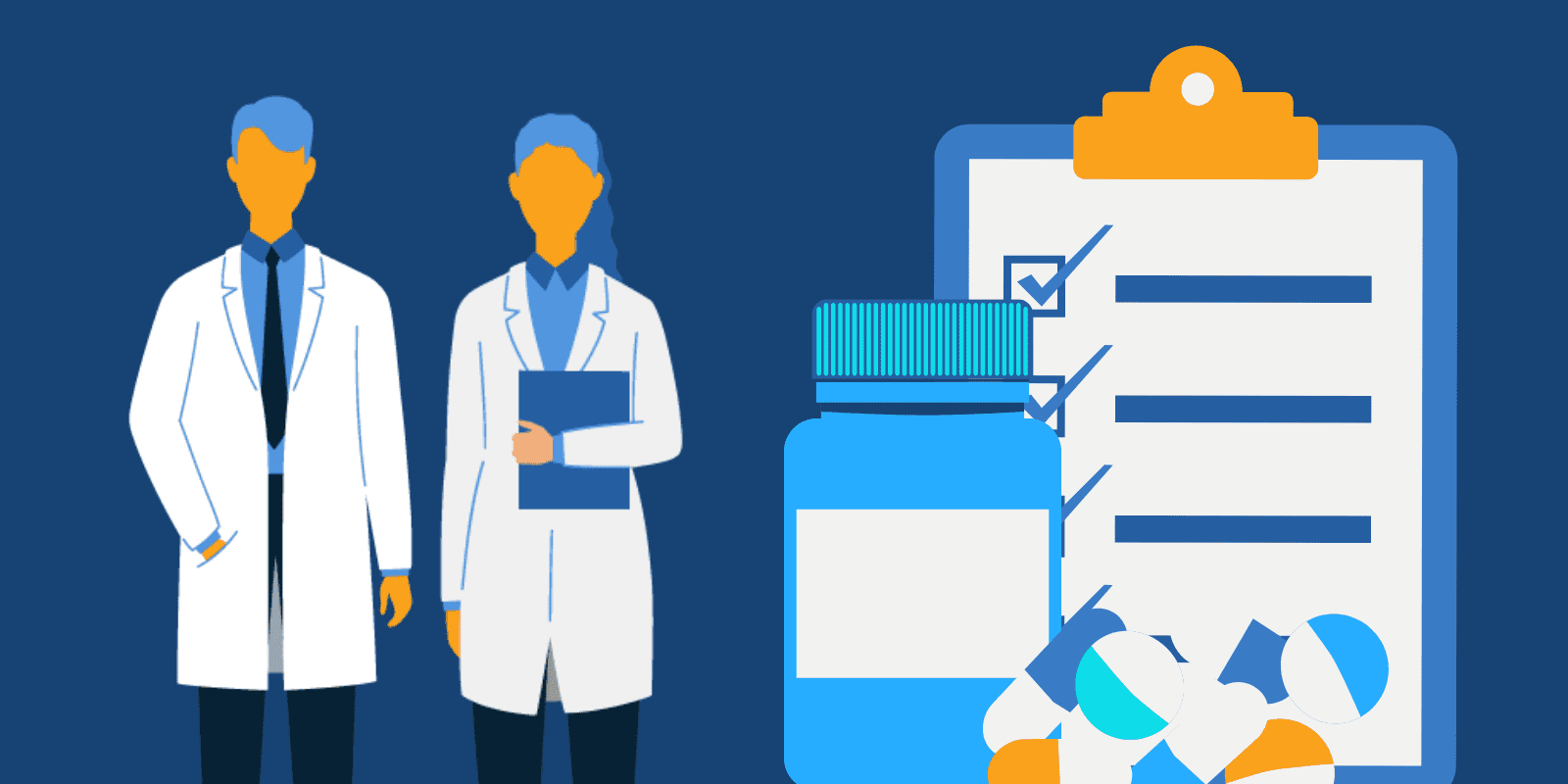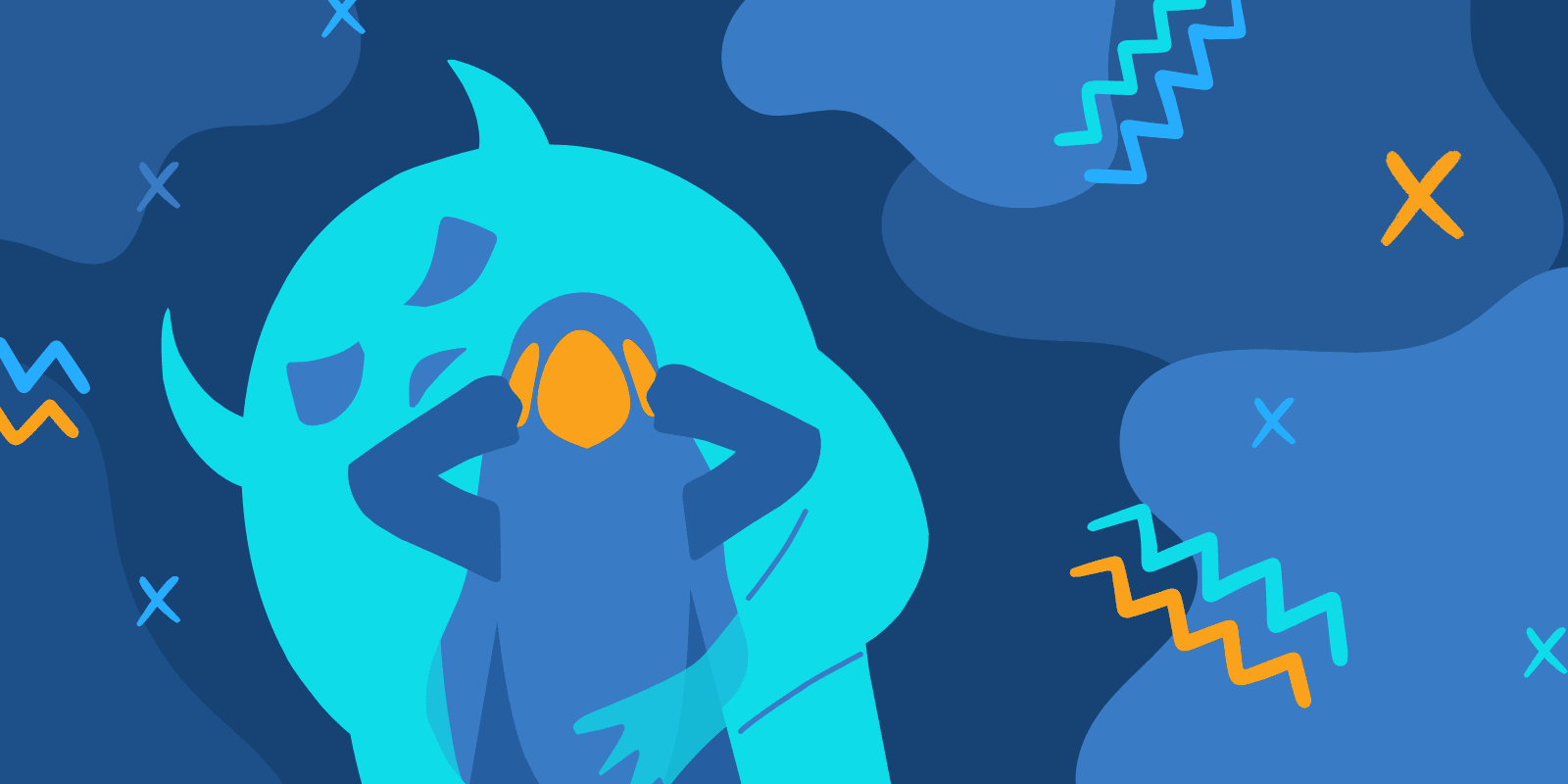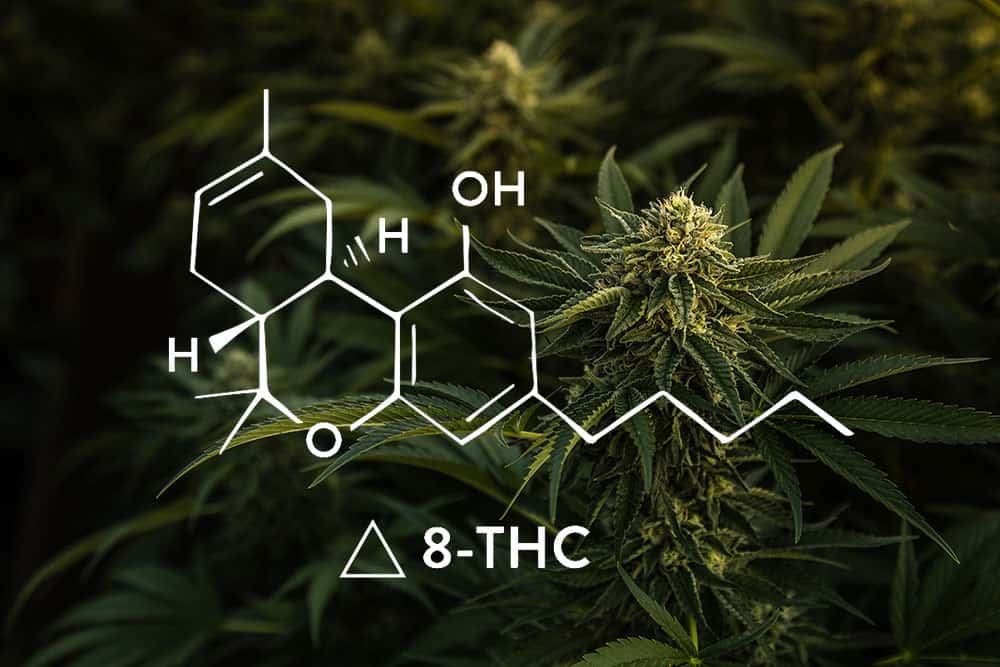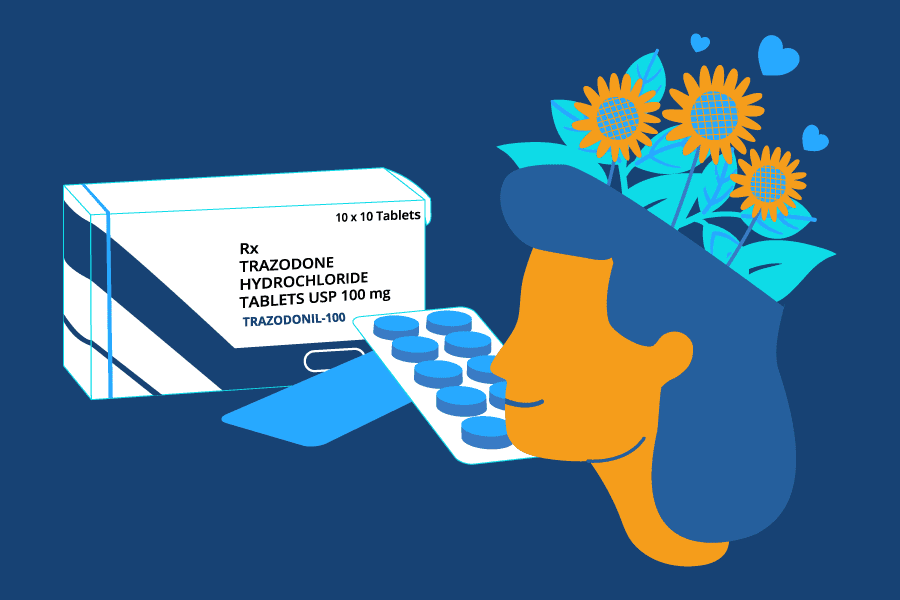Robaxin (Methocarbamol)
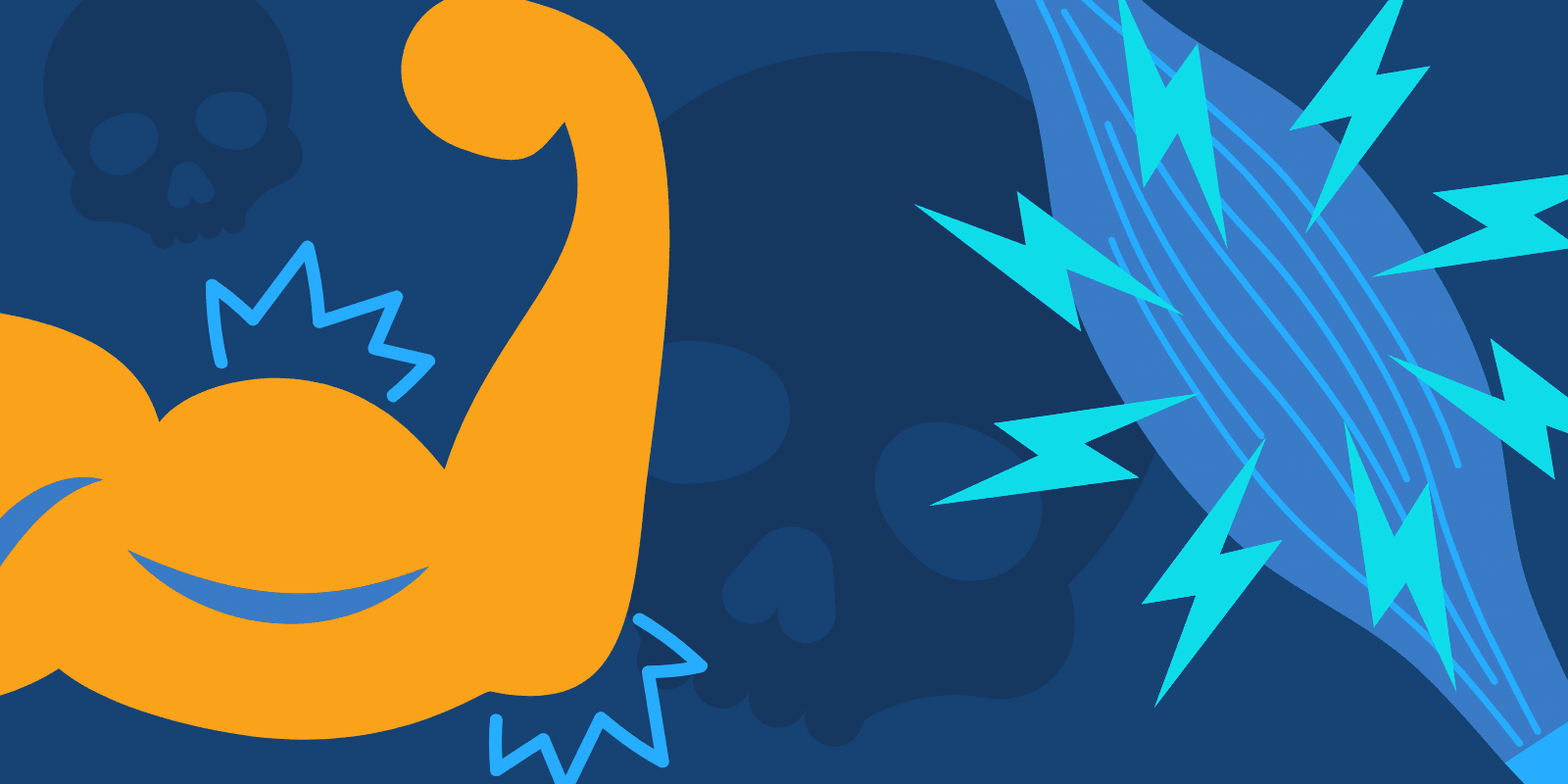
What Is Methocarbamol (Robaxin)?
Methocarbamol, which goes by the brand name Robaxin, is a muscle relaxant used to relieve pain and discomfort that may come from strains, sprains, or other muscle injuries by focusing on the central nervous system.
Methocarbamol works by slowing neural activity in the nervous system, allowing the body to relax and muscles to stop contracting too often. It is not a nerve blocker, and it is almost always recommended in addition to physical therapy and other treatments.
Muscle relaxers are typically prescribed to treat individuals experiencing muscle spasms and pain. While they may offer short-term relief, they can also lead to negative side effects.
Muscle relaxers can be divided into two categories: antispasmodics and anti-spastics. Methocarbamol is an antispasmodic, meaning they work to reduce muscle spasms through inhibiting neuron transmission in the brain.
Robaxin is rarely prescribed alone, partially because it has the potential of driving a methocarbamol addiction.
Muscle relaxants like Robaxin may be abused by taking them in higher doses than prescribed, taking them when not prescribed, or taking them for a reason other than their intended use.
What Is Methocarbamol Used For?
Methocarbamol is used to relax muscles and relieve pain for those with soft-tissue injuries or musculoskeletal conditions.
It is a central nervous system depressant, also known as CNS depressant, that can help treat muscle spasms, tension, and pain. It can also be used to help with the muscle spasms that come from infections like tetanus.
Doctors may prescribe methocarbamol in combination with physical therapy for patients who are struggling with muscle pain. This is important because methocarbamol does not actually treat the cause of muscle pain, or address the reason that the muscles are spasming.
Since it is not a treatment as much as a pain management medication, it is important that it is only taken for short periods of time.
Taking it for too long can lead to side effects like drowsiness or dizziness, and it may become less effective over time.
While it’s not as addictive as some other muscle relaxers, there is still a risk of misuse, especially if it is taken in high doses or with other substances like alcohol or opioids.
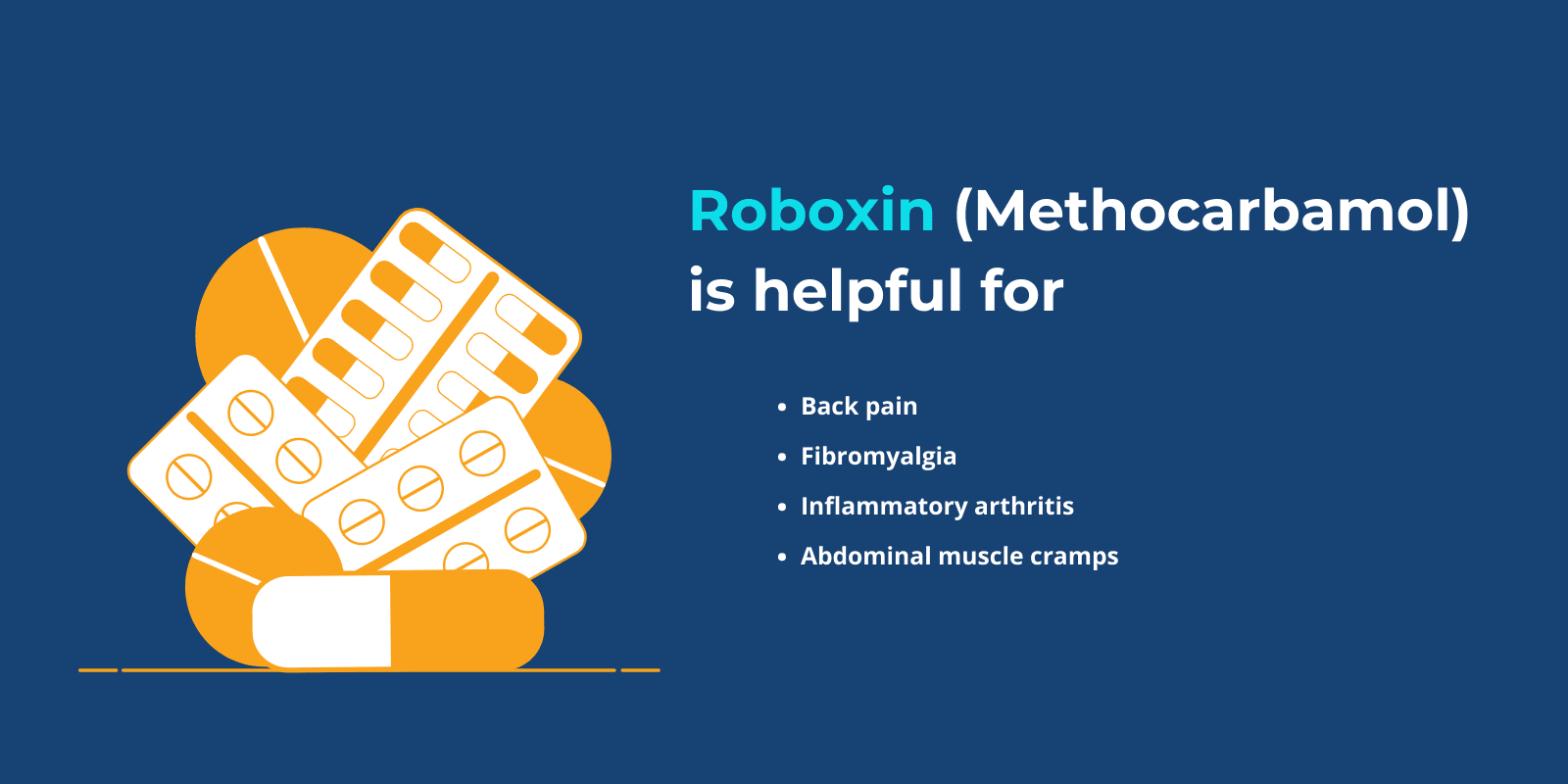
Some doctors may prescribe methocarbamol “off-label” for things such as:
- Back pain
- Fibromyalgia
- Inflammatory arthritis
- Abdominal muscle cramps
Since it is a depressant, like alcohol, methocarbamol slows down activity in the brain and spinal cord. Some of its side effects, like drowsiness and dizziness, can make those who take it feel like they are high or drunk when they are misusing it.
The Food and Drug Administration (FDA) approved the use of methocarbamol in 1957. However, there is limited evidence that supports its effectiveness as a long term solution to pain.
What Is Methocarbamol Made Of?
The chemical name of methocarbamol is 3-(2-methoxyphenoxy) -1,2 propanediol 1-carbamate.
What Does Robaxin Look Like?
Robaxin is usually a white, yellow, or orange capsule-shaped tablet.
Methocarbamol may take form in a round or oblong-shaped tablet as well.
What Are Slang Terms For Robaxin (Methocarbamol)?
There are not many slang terms for Robaxin since it is not as commonly abused as other prescription medications. However, there are some accounts of it being called “robax” or “squirrel” in certain parts of the country.
Is Methocarbamol A Controlled Substance?
Methocarbamol is not identified as a controlled substance by the U.S. Drug Enforcement Agency (DEA).
According to the National Cancer Institute, controlled substances are drugs that can be abused or cause addiction.
Although it isn’t common, methocarbamol still has the potential of being misused.
Robaxin is not a narcotic. It is not designed to be used to treat generalized pain, and it does not necessarily create a “high”; however, when abused, its sedative effects may produce feelings that are similar to being drunk or sedated.
Examples of controlled substances include:
- Opioids
- Stimulants
- Depressants
- Hallucinogens
- Anabolic steroids
How Addictive Is Robaxin?
Methocarbamol is not considered to be very addictive. However, it has the potential for abuse, especially in those who have a history of sedative or hypnotic abuse.
It is always essential to use medication carefully, and to only use as much as a doctor prescribes for the time that they have prescribed it.
Since Robaxin is often used for short term treatment of pain, it is important that it isn’t used for long periods of time for relaxation alone.
What Are The Most Common Side Effects Of Methocarbamol?
The most common side effects of methocarbamol include:
- Drowsiness
- Dizziness or lightheadedness
- Nausea or vomiting
- Upset stomach
- Fever
- Blurred vision
- Sleep problems
- Confusion
- Lack of coordination
Other serious side effects of methocarbamol can include:
- Allergic reaction: swelling, itching, rash, hives, chest tightness, difficulty breathing
- Slowed heart rate
- Low blood pressure
- Seizures
- Vertigo
Because methocarbamol can make you drowsy, it is important to take caution before driving or operating machinery.
It can also be dangerous to mix methocarbamol with other medications. Doing so may cause an interaction, whether it is with medications, vitamins, or herbs.
If you or a loved one are experiencing serious side effects from methocarbamol use, seek help immediately.
Can Methocarbamol Be Taken Long-term?
No, studies suggest that muscle relaxers like Methocarbamol shouldn’t be taken long-term.
Muscle relaxers are typically prescribed as a short-term treatment for muscle spasms and pain.
The use of muscle relaxers is generally recommended for a limited amount of time as they are not effective for long-term use.
Prolonged use of muscle relaxers can also put a person at a higher risk of developing tolerance or dependence.
How Common Is Robaxin (Methocarbamol) Addiction And Abuse?
Methocarbamol is not commonly abused or known to be highly addictive.
However, its sedative effects may produce a type of “pleasure” that the individual may want to repeat.
Often in cases of methocarbamol abuse, the individual will have a history of other substance use disorders.
A person may use methocarbamol along with other substances to supplement or increase the effects of what they already addicted to.
For example, if they want to feel more relaxed after consuming alcohol, they may combine it with Robaxin.
Possible symptoms of methocarbamol addiction can include:
- Lack of energy or motivation
- Confusion and disorientation
- Changes in appetite
- Problems sleeping
- Lack of coordination
- Depression
Can You Overdose On Robaxin?
Yes. Overdose on Methocarbamol is possible.
An overdose occurs when a person takes too much of a drug or mixes it with other substances.
If prescribed Robaxin, it is important to not take more or less of it than prescribed by your doctor, and if you are planning on making changes, consult with your healthcare provider.
Signs and symptoms of methocarbamol overdose can include:
- Nausea
- Seizures
- Coma
- Severe drowsiness and dizziness
- Loss of consciousness
- Sweating
- Difficulty breathing
If you believe a loved one is experiencing an overdose, seek help and call 911 immediately.
In some cases, an overdose of Robaxin can be fatal.
Additionally, the risk of overdose increases when a person mixes it with other substances, such as alcohol.
What Happens If You Take Too Much Methocarbamol?
Taking too much Methocarbamol can lead to drowsiness, confusion, muscle weakness, slowed breathing, low blood pressure, and even loss of consciousness.
If prescribed methocarbamol, it is important to take the correct daily dosage, no less and no more.
If you are planning to make changes, it is important to consult with your healthcare provider first to make sure it is safe.
Taking too much methocarbamol can result in an overdose and lead to injuries.
Does Methocarbamol Need To Be Tapered?
Methocarbamol usually doesn’t need to be tapered off because it doesn’t cause physical dependence.
However, a health provider may still advise gradually transitioning off of the drug to make sure that it is a comfortable experience.
Tapering means that a person slowly decreases the daily dose of medication over time, usually working towards stopping the use of the drug.
It is important to always let your healthcare provider know when you plan on making changes to a treatment regimen so you can do so safely.
What Do Muscle Relaxers Do To Your Brain?
Muscle relaxers, like Methocarbamol, can cause sedative effects or block pain signals from nerves to your brain.
The two types of muscle relaxers, antispastics, and antispasmodics work differently on the brain and body.
Antispastics affect the spinal cord or skeletal muscles to help improve muscle spasms and tightness.
Antispasmodics help reduces muscle spasms through the central nervous system and inhibits neuron transmission in the brain.
What Are The Ways To Treat Robaxin (Methocarbamol) Addiction?
Someone who may be struggling with Robaxin addiction and is experiencing severe withdrawal symptoms may have to undergo medication-assisted detox.
Inpatient rehab programs can be helpful for individuals struggling with methocarbamol addiction because it provides safety, stability, and supervision.
Therapy and support groups can be an important component in an individual’s treatment plan as well.
The treatment approach to methocarbamol addiction differs based on the individual’s needs.
For someone experiencing more mild and moderate symptoms of Robaxin addiction, they may consider an intensive outpatient program (IOP) that allows them to attend treatment while still keeping up with other responsibilities like work or school.
Another option is day treatment, which is a step below residential treatment but above intensive outpatient treatment.
Day treatment may be suitable for individuals struggling with mental health or substance use disorders and who need a high level of structure and support but do not require 24–hour care.
If you or someone you love is struggling with addiction, reach out to a doctor or other healthcare professional to help guide and support you through the treatment process.
Finding a treatment plan that works for you is an important part of recovery.
What Is The Best Treatment For Methocarbamol Abuse?
Therapy and support groups can be extremely helpful for those struggling with methocarbamol abuse.
Struggling with substance abuse or addiction can become very lonely and isolating. Support groups bring a sense of community and a safe space for people to share their experiences, relate to one another, and learn from each other.
Psychotherapies, such as CBT, can also help those struggling with addiction identify negative thought processes and behaviors and restructure them while teaching individuals how to build healthy coping mechanisms.
It is important to find a treatment program or rehab center that is best for you. What works for one person may not work for another. Consulting with a professional can help you figure out what treatment program is most suitable.


View Our Treatment Locations
Sandstone Care offers age-specific, individualized, and evidence-based treatment programs that help you regain control of your life and achieve lasting recovery.
How Do I Know If I Need Treatment For Robaxin (Methocarbamol) Use?
It may be difficult to determine whether or not a person needs treatment for methocarbamol use.
If a person is struggling with the abuse of a variety of substances, it is important to address each issue individually.
Signs a person may need treatment for Robaxin use:
- Taking higher doses than prescribed
- Running out of prescriptions faster than they should
- Unable or unwilling to stop using Robaxin
- Stealing or lying about substance use
- Taking Robaxin when it is no longer needed
- Continuing substance use despite negative consequences
Do I Need To Detox From Robaxin?
A person may need to detox from Robaxin if they are experiencing withdrawal symptoms and have developed a dependency on methocarbamol or other substances.
Detoxification is a medical intervention that helps an individual safely manage intoxication and withdrawal symptoms.
Dependence occurs when an individual uses a substance over a period of time, and the body adapts to the drug, experiencing withdrawal symptoms if the drug use decreases or stops.
It is important to talk to a healthcare professional to determine whether or not you need to detox from Robaxin.
Does Robaxin Have Withdrawal Symptoms?
Withdrawal symptoms of Robaxin are unknown.
Withdrawal refers to the physical and mental symptoms and individual experiences when drug use abruptly stops or significantly decreases.
However, it is still advised to let your healthcare provider know if you are planning to stop taking Robaxin instead of stopping abruptly.
Some common withdrawal symptoms of muscle relaxers, in general, can include:
- Nausea
- Headache
- Drowsiness
- Discomfort
- Seizures
- Hallucinations
How Long Does It Take For Methocarbamol To Get Out Of Your System?
Methocarbamol can show up in the urine for up to four hours after being ingested.
However, this can vary from person to person.

